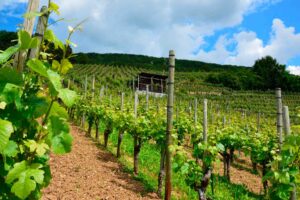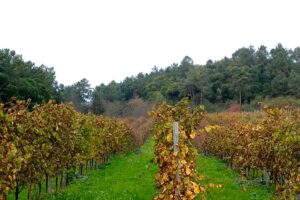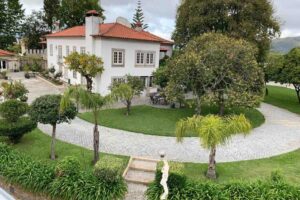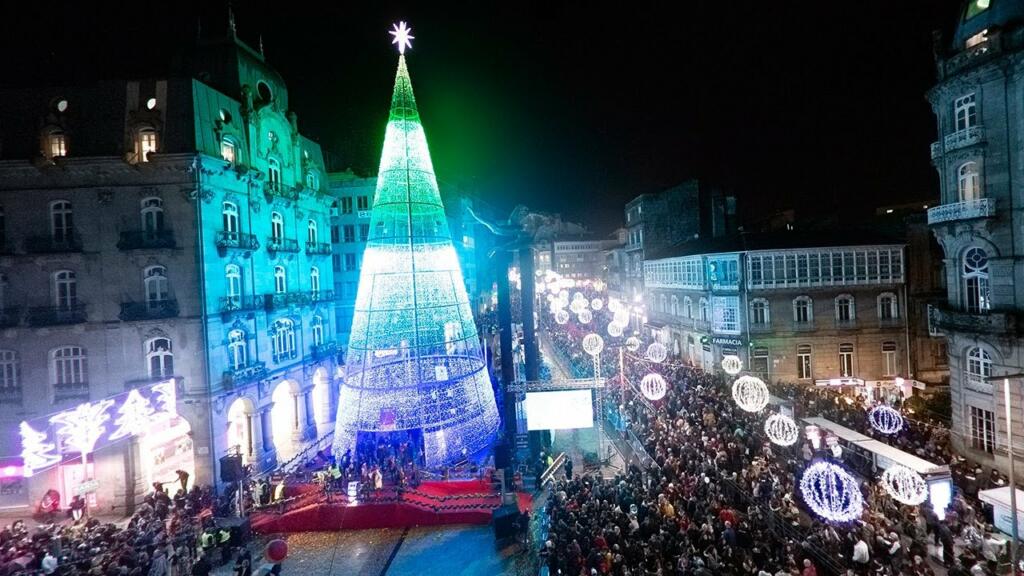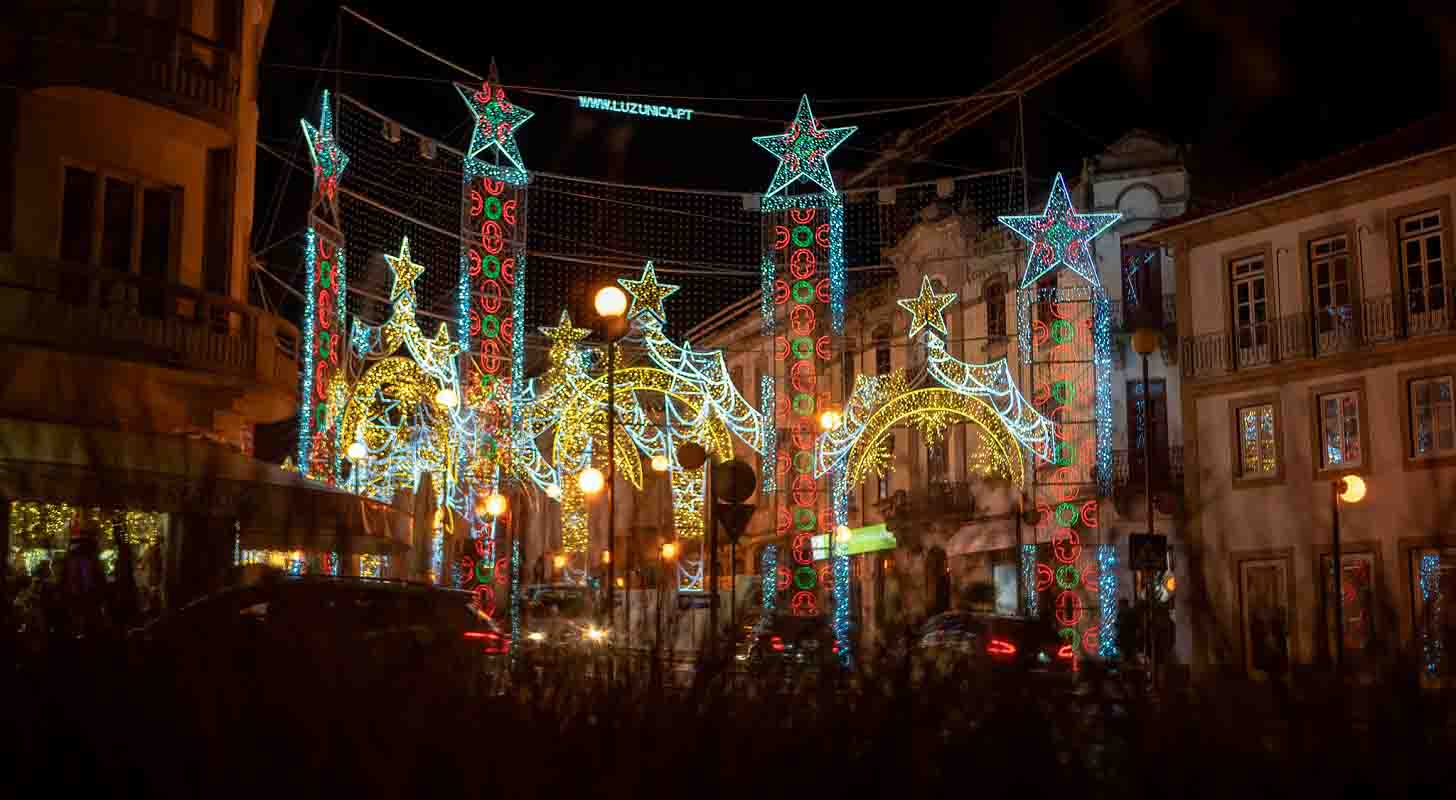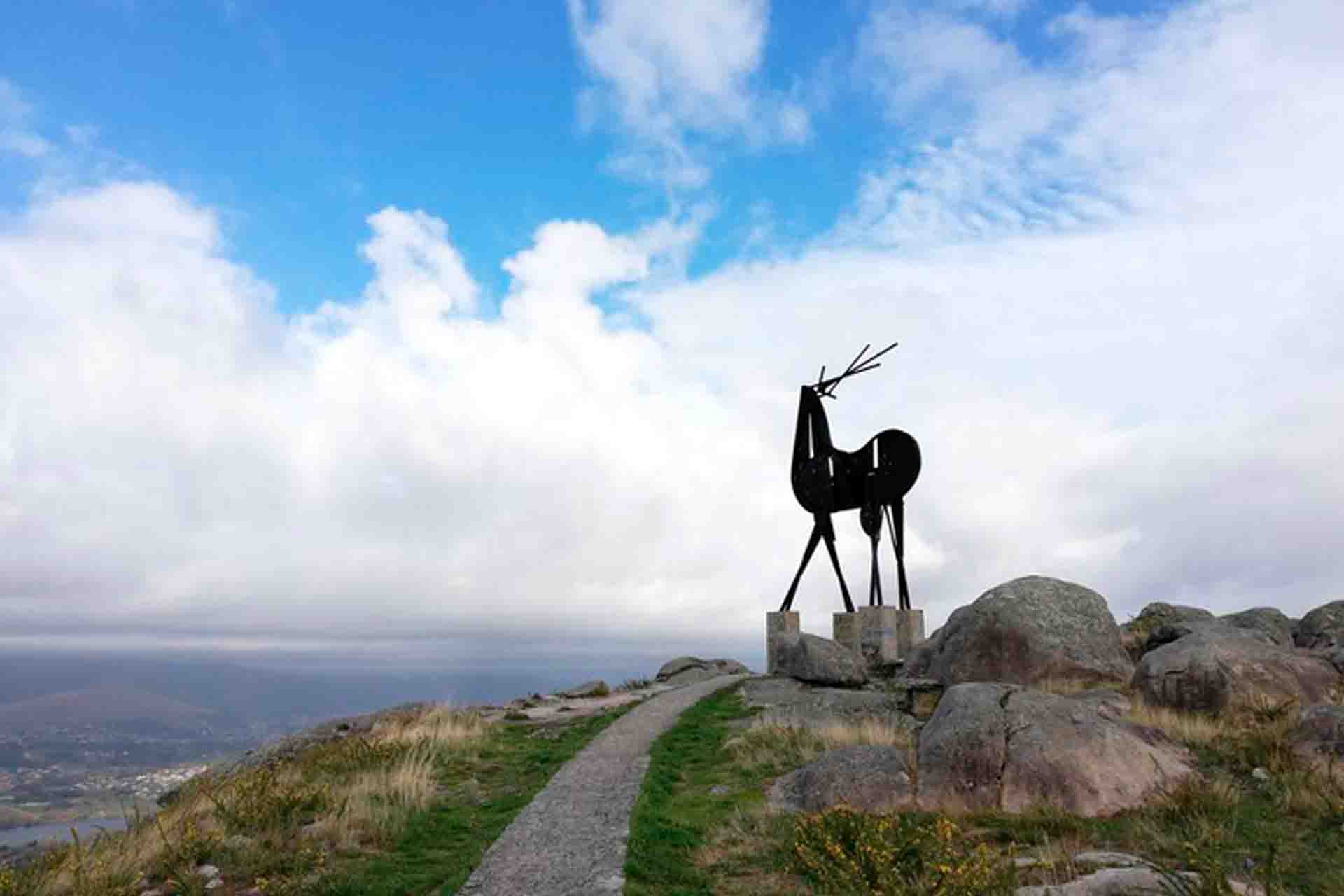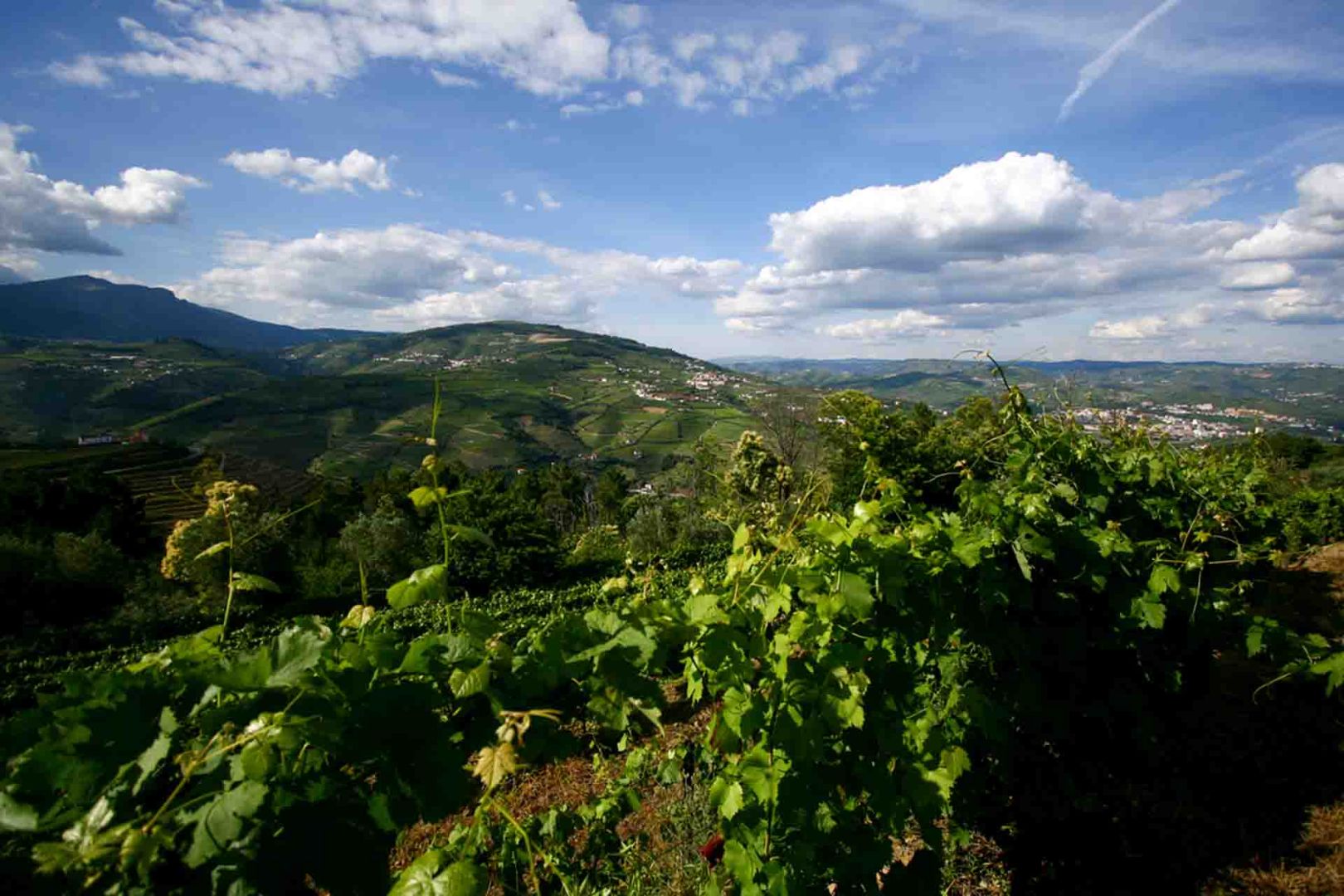
Green Wine Route in Viana do Castelo
Viana do Castelo is rich in gastronomy, whether for the typical sweets of the region or for its typical dishes.
But it isn’t just in gastronomy that the Minho city stands out.
The tasty wines produced in Viana are another factor that draws the attention of those visiting the city.
More specifically, the green wine.
And it isn’t from now that the green wines of Viana do Castelo are successful, both on a national and international scale.
In addition to Portugal, the wines of this city have been highly appreciated in England and Northern Europe since the Middle Ages.
At that time, wine was beginning to gain the status of an essential good, with economic importance and was part of the list of main drinks for the population.
At the same time, wines from Ribeira-Lima and the Monção region arrived at the port of Viana do Castelo, which were then re-dispatched to England and Northern Europe.
For this reason, in the 15th century, the port of Viana established itself as a fundamental place for moving the region’s wines to other markets.
And, as wine, at that time, was a very important product in commercial transactions, Viana do Castelo gained an enormous commercial reputation from the perspective of other countries.
Currently, the reputation of its green wine remains intact and many tourists visit Viana do Castelo to do wine tourism and learn about the production process of the city’s successful green wines.
Aware of the huge influx of wine tourists, the Municipal Chamber of Viana do Castelo, in collaboration with the producers-bottlers, designed the Green Wine Route, which highlights the places where the main wines of the city are produced.
So, if you’re coming to visit Viana do Castelo and you’re a green wine lover, you really have to take this route. You will definitely have a fantastic experience.
If you want to know more about the history of vinho verde in the city of Minho and find out more about each of the main producers, continue reading this article.
- The history of green wine in Viana do Castelo
- Casa da Reina
- Paço d’Anha
- Solar do Louredo
- Solar de Merufe
The history of Green Wine in Viana do Castelo
In the 15th and 16th centuries, an important part of the wine sold in Viana do Castelo arrived from the region of Monção and Ribeira-Lima.
It was brought upstream in traditional “cliff-water” vessels.
Afterwards, from the port of Viana, it was embarked towards the ports of Northern Europe, accompanied by salt that served as a “bed” to the barrels.
In the 17th century, Viana do Castelo began to have a considerable English community, which led to an increase in wine production due to the strong consumption of this product by the English people.
However, in the 18th century, this growth suffered a setback.
In 1756, the Companhia Geral da Agricultura das Vinhas do Alto Douro was created, a monopoly that made Viana wines lose international importance and which gave prominence to Douro wines.
Not satisfied with the situation, the Viennese merchants prepared a petition to the monarch D. Maria I to promote commercial equality.
However, the monarch didn’t respond to the requests made in the document and the commercial development of the product stalled.
Therefore, between 1756 and 1908, green wine was only consumed in Portugal.
It was only in 1908, with the creation of the Região Demarcada dos Vinhos Verdes, that the green wine of Viana do Castelo regained international relevance.
And since then, the growth of his success has never stopped.
But, curiously, the first great commercial success in Viana, as far as wine is concerned, wasn’t the green wine, but the red one.
However, as the consumption of white wines began to increase sharply, producers decided to change production methods, vineyard management and winemaking techniques to produce more white wines.
Among the white wines produced, green wine, an original and unique wine from Portuguese culture, gained greater prominence and became the first Portuguese wine to be exported to England.
Due to its history linked to the trade of Green Wine, over the past centuries, Viana do Castelo has been one of the main centers for this product and has a very rich route of Green Wine producers.
Discover below the main production places that are part of this route and that you really have to visit during your stay in Viana do Castelo.
Casa da Reina
Built in 1744, Casa da Reina in Viana do Castelo is managed by a couple of agricultural engineers.
It has around 10,000 m2, of which 0.7 hectares are occupied by vines, which is the main production of the house.
Its production gives rise to the wine “Casa da Reina”, a wine with the VQPRD seal (Quality Wine Produced in a Specific Region).
In total, the wine production area is 4.5ha, an area responsible for this fresh and fruity Casa da Reina wine.
The grape varieties that give rise to this wine are Loureiro, Trajadura, Pedernã and Alvarinho.
If you want to know the entire production process and the cellar where Casa da Reina wines are made, the place offers wine tourism services like visits and wine tasting.
Therefore, a visit to this space is undoubtedly a great plan for wine lovers who are on vacation in Viana do Castelo.
Paço d’Anha
Quinta Paço d’Anha is responsible for one of the best Green Wines, according to experts.
Its vitiviniculture is in charge of the accredited winemaker Anselmo Mendes who, since 2000, has made some changes to the production of wines from Paço d’Anha.
This is because, initially, this wine was based on four grape varieties involved in its production. They were Loureiro, Trajadura, Pedernã and Azal Branco.
However, in 2000, the vineyard started to have just two varieties at its base: Loureiro and Alvarinho.
This made the Paço d’Anha wines taste smoother and less acidic.
In turn, the location of the farm also influences the taste of its wines.
As it is exposed to a gentle slope facing south, Paço d’Anha’s green wine has more alcohol than usual in other wines of the same category.
In addition, the proximity of the farm to the sea also influences the taste, as it gives it a slightly saline taste.
If you were curious to visit the Paço d’Anha farm and discover more details about the production of its wines, be aware that, like Casa da Reina, tourist visits and wine tasting are available in this place.
Solar do Louredo
Solar do Louredo is part of the Armindo Fernandes wine project.
The project developed has been showing great concern for the preservation of the region’s grape varieties, and for this reason, over the last few years, wine production has been combined with wine tourism activities.
Among the experiences provided, Solar do Louredo allows people to live the experience of accompanying the harvest, make group visits to the winery and taste the wines produced there along with a tasting of regional products.
As if that were not enough, there are also other activities provided by Solar do Louredo.
For example, it is possible to visit the plantations and observe the phenological state of the vine or even visit one of the centuries-old vines that constitute a rare biological heritage.
Ideal activities for those who spend their holidays in Viana do Castelo and are wine lovers.
Solar de Merufe
Another place in Viana do Castelo that also welcomes visitors and gives them the opportunity to get to know its vineyards and wineries is Solar de Merufe.
This farm has over 800 years of history and has always been linked to wine production.
Over the last 40 years, the current owner has carried out a complete restructuring of the vineyards and readapted the space so that it continues to be a reference for Green Wines of Viana origin.
The readaptation of Solar de Marufe also allowed for events to be held there and for daily visits to the cellar.
Interestingly, many of its visitors are people from outside Portugal.
Why?
Because all the restructuring resulted in the attribution of the Best Of Wine Turisme award to Solar de Merufe.
This award gave the estate international prominence and proved that its space is among the best places to visit for wine tourism lovers.
If that’s your case, you already know that the Solar de Merufe farm is a place to include in your itinerary when you’re on vacation in Viana do Castelo.
And if you are planning your holidays in the Minho city, but don’t know where to rest, make your reservation at AP Dona Aninhas.
The hotel is located in the center of Viana do Castelo and includes SPA, bar and restaurant services that, combined with the comfort of our rooms, will make your holidays unforgettable.
Visit this wonderful city, full of activities and history and guarantee unique conditions for your stay at the AP Dona Aninhas hotel.

